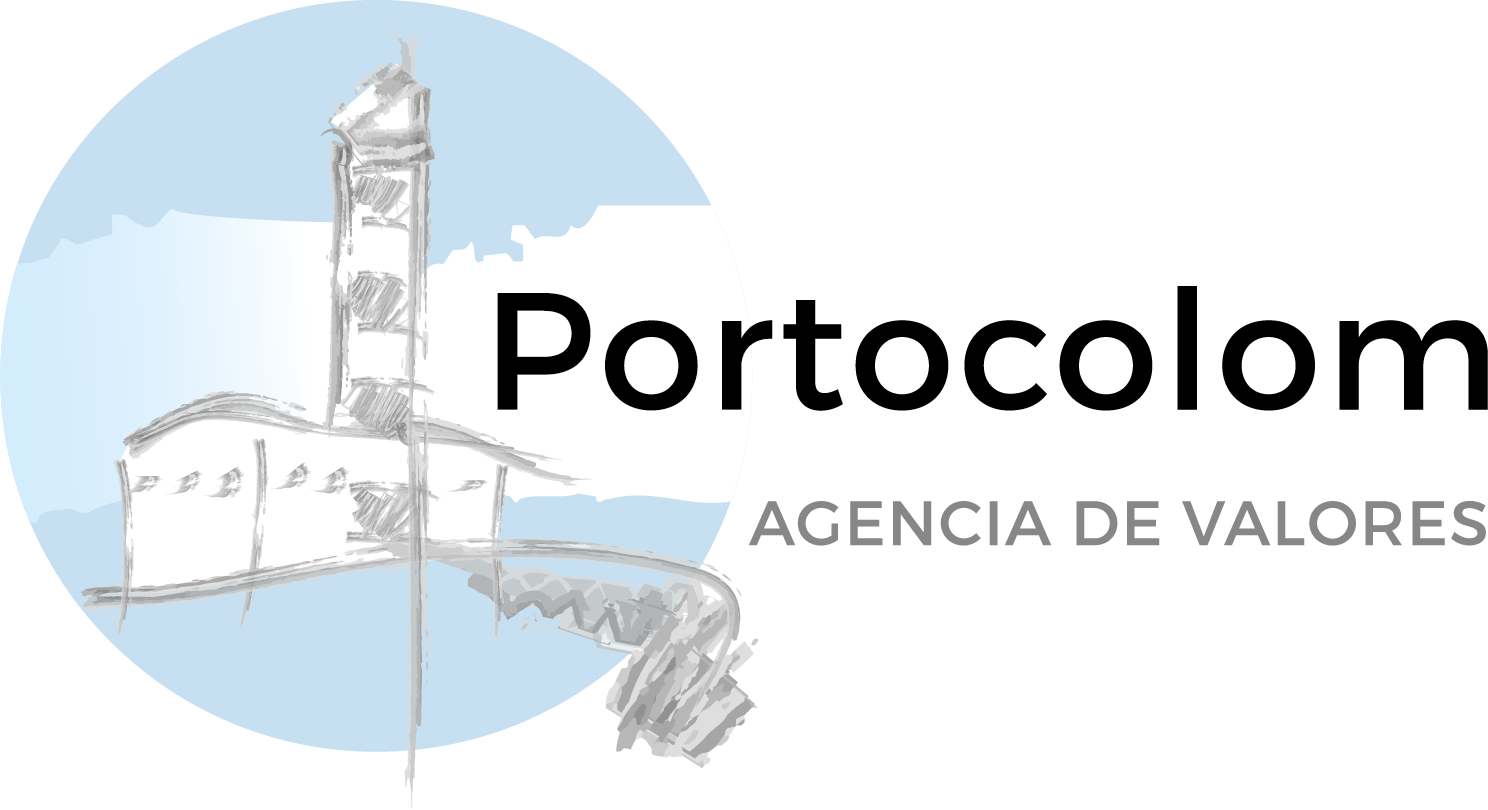The current environment calls for a cautious stance in asset allocation, despite the strength of macroeconomic data.
By Mario Catalá
The U.S. economy continues to surprise with its resilience despite the ongoing turbulence surrounding Donald Trump and recent geopolitical developments. The Atlanta Federal Reserve recently projected Q2 2025 GDP growth at 2.5%, driven by strong macroeconomic data. According to market estimates, this has reduced the probability of a recession to 22%, down from 66% in April. This improvement has boosted risk appetite, reflected in the S&P 500’s more than 30% rise since April lows.
However, not all news is positive. May retail sales fell by 0.9%, and consumer confidence, measured by The Conference Board, dropped to 93 points—below expectations. Although the unemployment rate declined to 4.1%, this was partly due to a lower labor force participation rate (62.3%, the lowest since December 2022). If April’s participation rate had held, unemployment would have risen to 4.4%.
Inflation-wise, May’s CPI ticked up slightly to 2.4%, with core inflation steady at 2.8%. The Fed’s preferred measure, the PCE, stood at 2.3%, with a core rate of 2.7%. These figures, along with a strong labor market, led the Fed to hold rates at 4.50%, likely delaying any changes until September as it awaits clarity on tariffs and the Middle East conflict.
In the eurozone, growth is sustained by fiscal stimulus, especially in Germany. The first revision of Q1 2025 GDP surprised to the upside at 1.5%, and June PMIs also showed positive signs: manufacturing rose to 49.5 and services to 50.5. Inflation remains contained, with June’s preliminary CPI slightly up to 2%, and core inflation at 2.3%. This has allowed the ECB to maintain its monetary policy, though another rate cut is expected in Q4. Still, geopolitical uncertainty, a strong euro (which could hurt competitiveness), and the potential reactivation of tariffs—especially after Trump’s latest threats—continue to weigh on investment decisions in Europe.
China, meanwhile, shows notable macroeconomic stability. Q2 GDP is expected to remain near 5%, with May industrial production up 6.3% and unemployment down to 5%. PMIs hover near expansion: 49.7 in manufacturing and 50.5 in services. Inflation returned to positive territory in June (+0.1%) after months of deflation, though the producer price index (PPI) remains negative (-3.6%). Foreign trade will be key to assessing China’s economic health, with June’s export and import data—due soon—expected to reflect the impact of the recent U.S. trade deal.
Equity markets have remained upbeat, with U.S. indices leading gains in recent weeks and recovering ground lost earlier in the year versus European indices. The S&P 500 and Nasdaq are up 4% over the past month, while major European indices have declined (Eurostoxx 50 -0.2%). Volatility has dropped to its lowest since February, and investors seem to have adapted to Trump’s pattern of threats followed by retreats—dubbed “TACO” (“Trump Always Chickens Out”)—shifting focus to strong macro data.
However, at Portocolom, we see several signs suggesting it’s wise to adopt a cautious approach to asset allocation. Indices are at or near record highs, with company valuations very elevated. Valuation depends on expected future earnings and discount rates, so maintaining these levels would require both rate cuts and strong earnings growth—something that could be negatively impacted by the outcome of the tariff war. Additionally, the average dividend yield of S&P 500 companies is at its lowest since 2002 (just above 1%), while long-term Treasury yields remain high (4.45% at 10 years), which doesn’t bode well for equities. Given rising geopolitical and trade risks, we’ve decided to reduce equity exposure and increase liquidity.



